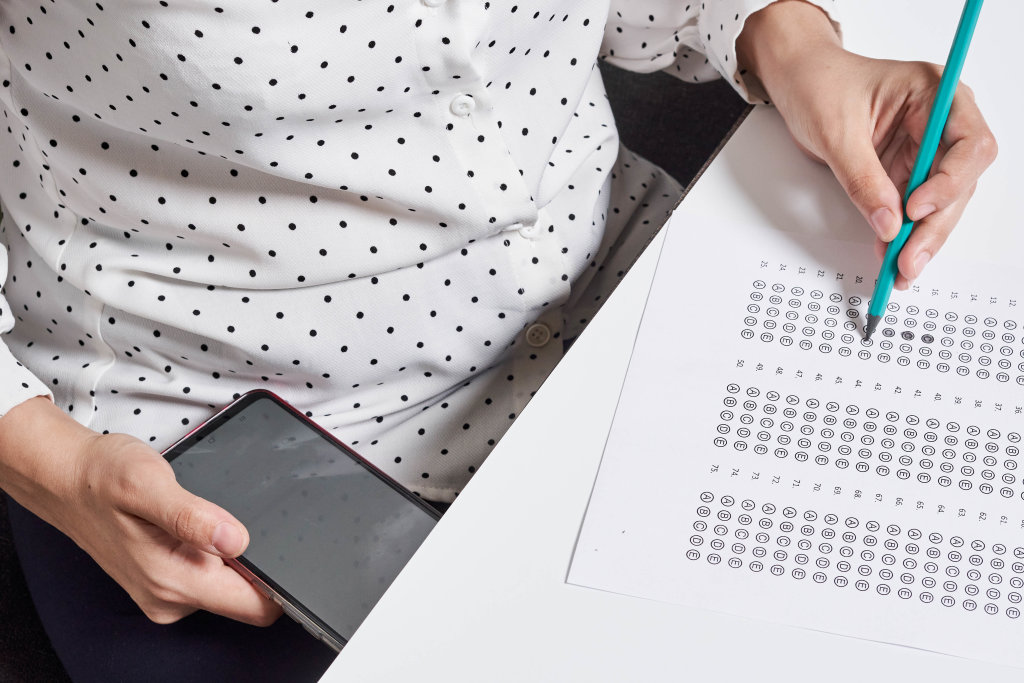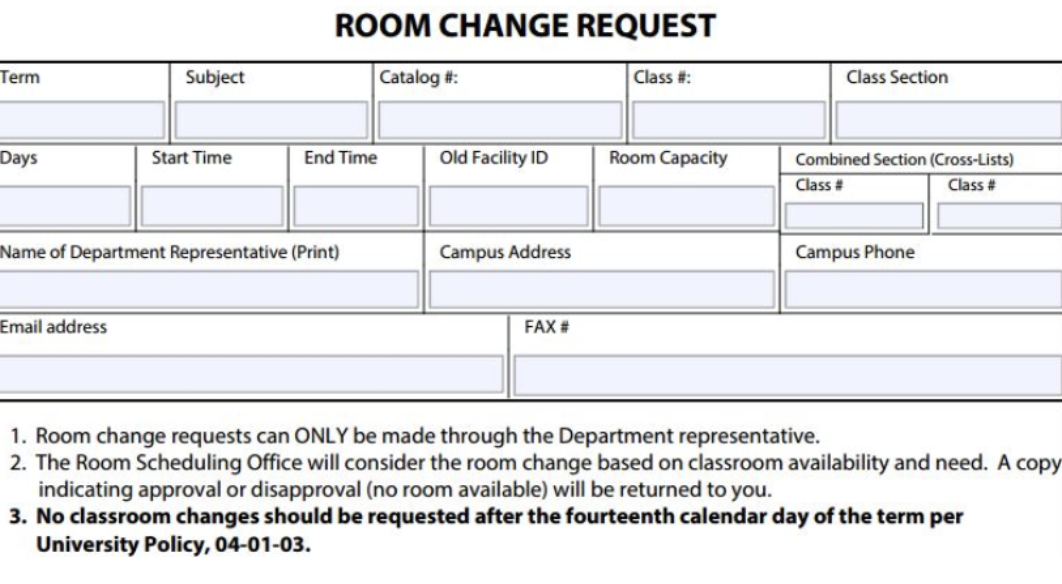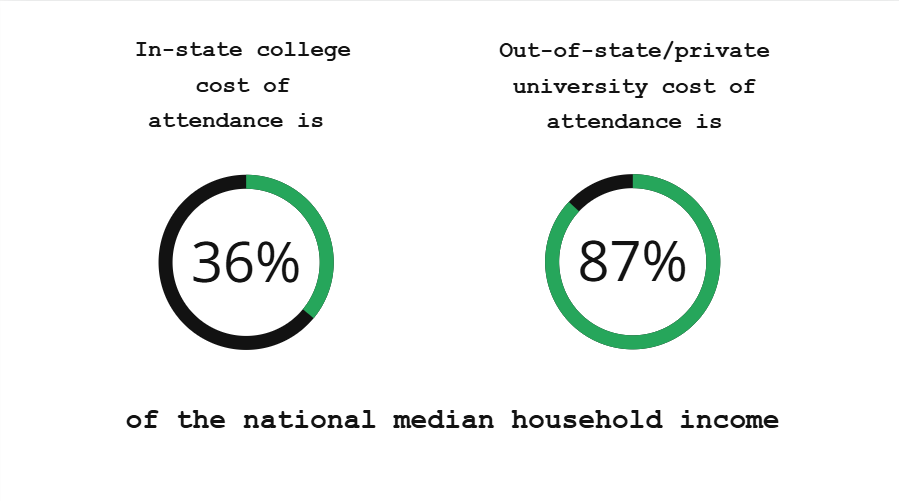Over the course of every high schooler’s career, the SAT looms as a constant, dark cloud. The test is a monument to what everyone must complete on the road to college. While the test has its issues, it’s a great equalizer to some degree. Now, after a decades-long history, the overlords at The College Board are changing a test that never asked to be changed.
Starting in the spring of 2024, current sophomores and freshmen will take a radically different SAT. The test will change to a digital format, taking only two hours instead of three. This change will combine shorter reading questions and a math section taken entirely with a calculator. This presents a few issues.
For one, students will no longer be able to annotate the test. One of the key aspects of the math section is writing up equations to understand the problem better. Now that the SAT is digital, this feature will be impossible. This situation also applies to the reading section in an even worse way.
One strategy SAT counselors and advice articles recommend is to mark up the reading passages. Annotate the main ideas and highlight key information. With an online test, students will have to stare at blank tests when answering difficult questions. The digital nature of the questions removes some of the weapons at students’ disposal to boost scores.
The test will also be getting easier. Along with a two-hour time limit, the reading section passages will get shorter, and the math section will always have a calculator. While this might seem like a change for the better, what it really means is the SAT is no longer an equalizer.
The current SAT is as much about knowledge as it is about endurance. Part of preparing for the test is maintaining a high level of performance across every section. The new test removes this factor. Combined with the lower workload and easier questions, distinguishing good scores from great ones will become increasingly blurry.
Making the SAT digital feels like a case of “if it ain’t broke, don’t fix it.” No one particularly liked the SAT, but it was a good benchmark. The only tangible “benefit” of making the test digital is faster score delivery. Other than this, the changes only benefit the College Board’s bottom line. The “non-profit” no longer needs to print tests and other resources vital to a paper testing experience. In essence, the College Board has sacrificed the student experience for its own gain and ease of operation.
The SAT is by no means a perfect test. It suffers from all kinds of problems that should have been addressed long ago. Making the test digital didn’t fix any problems; it created them. No one asked for it, and no one wants it. The only reason the College Board can pull something like this is that they have a monopoly on college admissions tests. The only way to move forward is to break their monopoly and allow students to test how they want, not how a multinational corporation can make the most money.





















